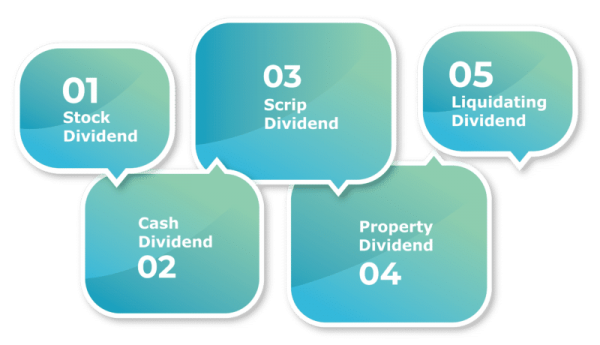In finance, settled up capital suggests the money financial backers offer a business as a trade off for stock in that association. Those offers are sold accessible, making capital that has, in most clear terms, been settled completely. In any case, if monetary sponsor, turn and sell those proposals on the discretionary market, that money doesn't add up with settled up capital, since none of it went directly to the business. The financial backer selling the stock gets the money taking everything into account.
Peruse on Processing Paid-Up Capital here
Processing Paid-Up Capital
While establishing up your financial record, you'll factor in the amount of typical offers, as well as the standard worth of the offers. Standard worth implies the base worth provided for each offer. So to determine your capital, you'll copy the total number of ordinary proposals by the base expense, or standard worth, of all of those offers. For example, expecting the association has 1 million offers uncommon with a standard worth of $3 per share, increment 1 million by $3 to notice the settled up capital for the typical offers is $3 million.
At the point when you have that figure, you'll in like manner need to copy the amount of exceptional leaning toward shares by the standard worth of those offers. for example, accept that the has 100,000 aligned toward shares with a standard worth of $15, copy $15 by 100,000 to notice the settled up capital for the orientation toward offers is $1.5 million.
Getting a Total
The accompanying stage in the process is to add the settled up capital for each kind of stock gave by the association to find without a doubt the settled up capital of the association. In this model, add the typical stock settled up capital of $3 million to the inclined stock settled up capital of $1.5 million to notice irrefutably the settled up capital of the association approaches $4.5.
Be cautious that an association probably won't have given all of the stock that it is endorsed to issue. For example, an association's validation of combination could support the efforts to give 5,000,000 offers, yet the organization may simply have 4,000,000 offers right now phenomenal. Any unissued shares don't forget about while working settled up capital.
Working pay is the cash an association produces from its not unforeseen business assignments that it can reinvest in its business or course to financial backers. You can learn an association's functioning pay for each piece of typical stock to quantify its display. An association that produces higher working pay per share makes more motivating force for financial backers.
Notice the essential piece of an association's pay verbalization, called the Cash Flow from Operating Activities portion. You can notice a public association's spending plan synopses in its 10-Q quarterly reports and its 10-K yearly reports, which you can get in vain from the US Securities and Exchange Commission's electronic EDGAR informational collection.
Separate how much net gain from working activities at the lower part of the portion, which is the association's functioning pay. For example, expect an association's pay explanation shows $1 million in net gain from working activities.
Notice the last piece of an association's resource report, which is known as the Stockholders' Equity region.
Notice the detail called Common Stock in the part. Perceive the amount of offers extraordinary, which is kept in the detail's depiction. In this model, acknowledge the association has 1 million offers remarkable.
Segment the association's net gain from working activities by the amount of offers striking to find out its functioning pay per share. In this model, segment $1 million in total compensation from working activities by 1 million in shares excellent to get $1 in working pay per share.


















